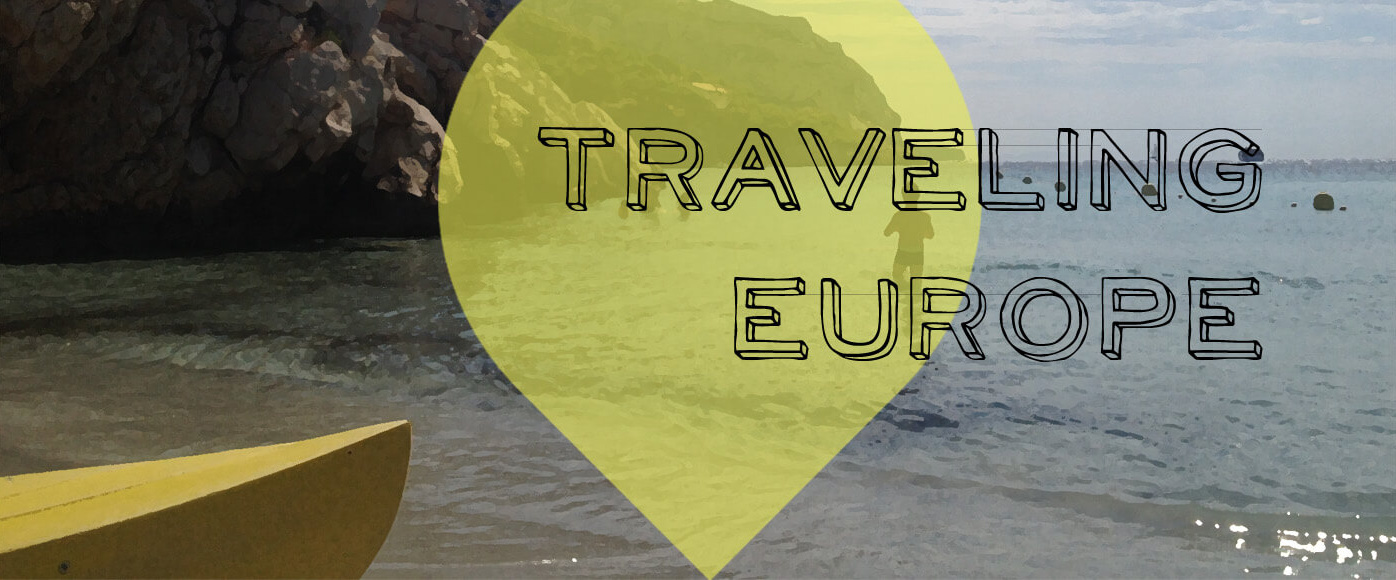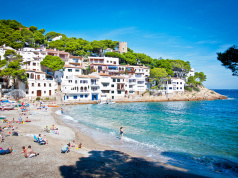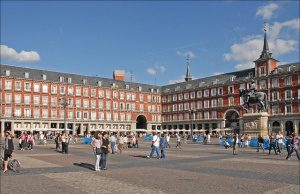
Take a moment to close your eyes and think of one of the most windy places you have ever been.
Perhaps walking outside during a huge storm? Or, maybe, a motorcycle, zooming down the freeway. You may not have pictured a white sandy beach with crystal clear turquoise waters… That is, unless you’ve been to Tarifa, a small town on the southernmost point of Spain.
Tarifa, Spain is located in the province of Cádiz, Andalusia on the famous Costa de la Luz or Coast of Light. It is the southernmost point on the European continent at 36 degrees latitude, actually south of the African capitals of Tunis and Algiers. It is also the closest European point to Africa, at a minimum distance of 14 kilometers (35 minutes by ferry) to the Moroccan coast, and is greatly influenced by this.
In total, the city has about 18,000 permanent residents, but it is a very popular destination for tourists and visitors who seek to take advantage of Tarifa’s many natural gifts. It’s located in the narrow area of sea between northern Africa and southern Europe, where the Mediterranean Sea meets the Atlantic Ocean, known as the strait of Gibraltar. This resultant difference in air pressure creates a nearly constant strong western breeze, which averages at 45 km/h. This not only allows for generation of renewable energy through many wind turbines, but it also creates an ideal condition for wind- and kite-surfing. In fact, Tarifa is already known as the European capital for windsurfing.
In addition to extreme water sports, there are also many other activities to enjoy in Tarifa such as whale watching. With ideal viewing times during the months of April to October, various types of marine mammals such as bottlenose and common dolphins, long-finned pilot whales, orcas, sperm and fin whales swim between the Mediterranean to from the east (Costa del Sol across to Morocco and the Atlantic) to the west (between the Costa de la Luz and Morocco). It is even possible to organize family courses with the FIRMM (Foundation for Information and Research on Marine Mammals) to join researchers on daily boat trips, learn about oceanography and even snorkel with the marine biologists.
![Whale watching in Tarifa. Taken by Carine Zimmermann (Turmares) [Public domain], via Wikimedia Commons](https://travelingeurope.biz//wp-content/uploads/2015/10/Whale-watching-in-Tarifa-1024x683.jpg)
Overall, Tarifa offers many opportunities for all kinds of activities. Having only gone for one afternoon, I was instantly impressed with the beautiful white sand and clear waters, but a bit taken aback by the intense winds. After some getting used to, it becomes more comfortable and the secluded stretch of beach became not only a major sport and hobby destination, but also just a great place to hang out and relax.
Featured image from Mar Kiddo via Flickr.










i like europe…
I did! 🙂
Comments are closed.